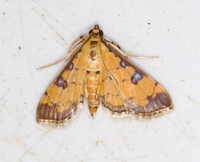
| Recorded by: Tony McBride, Jim Petranka and Becky Elkin on 2025-10-29
Craven Co.
Comment: | 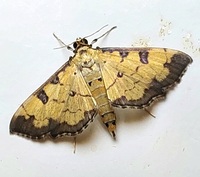
| Recorded by: Mark Basinger on 2025-09-27
Brunswick Co.
Comment: |
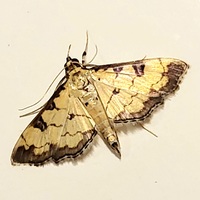
| Recorded by: Mark Basinger on 2025-09-20
Brunswick Co.
Comment: | 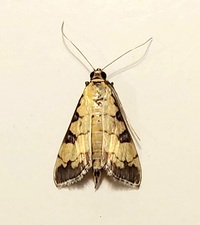
| Recorded by: Mark Basinger on 2025-09-20
Brunswick Co.
Comment: |
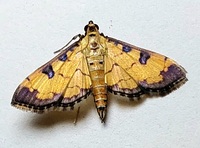
| Recorded by: Mark Basinger on 2025-09-01
Rowan Co.
Comment: | 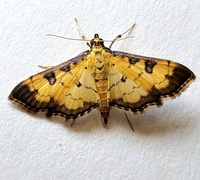
| Recorded by: Mark Basinger on 2024-11-03
Brunswick Co.
Comment: |
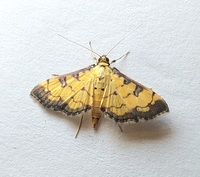
| Recorded by: Mark Basinger on 2024-11-01
Brunswick Co.
Comment: | 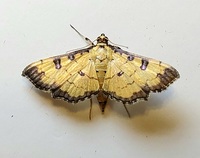
| Recorded by: Mark Basinger on 2024-10-04
Brunswick Co.
Comment: |
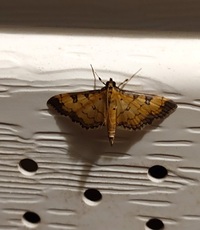
| Recorded by: Mark Basinger on 2023-11-22
Brunswick Co.
Comment: | 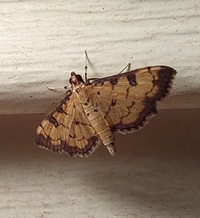
| Recorded by: Mark Basinger on 2023-10-07
Brunswick Co.
Comment: |
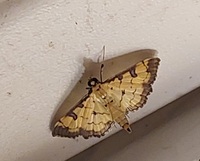
| Recorded by: Mark Basinger on 2023-09-30
Brunswick Co.
Comment: | 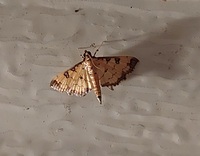
| Recorded by: Mark Basinger on 2023-09-15
Brunswick Co.
Comment: |
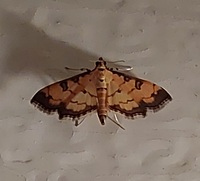
| Recorded by: Mark Basinger on 2023-09-03
Brunswick Co.
Comment: | 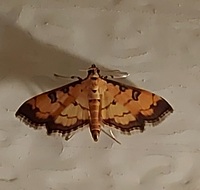
| Recorded by: Mark Basinger on 2023-09-03
Brunswick Co.
Comment: |
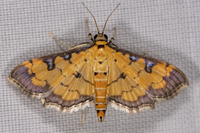
| Recorded by: Mark Shields on 2021-11-10
Onslow Co.
Comment: | 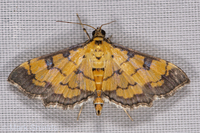
| Recorded by: Mark Shields on 2020-11-05
Onslow Co.
Comment: |
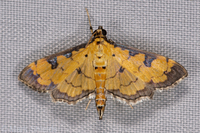
| Recorded by: Mark Shields on 2020-10-15
Onslow Co.
Comment: | 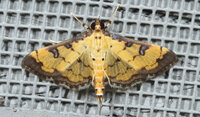
| Recorded by: Steve Taylor on 2020-09-19
Beaufort Co.
Comment: |
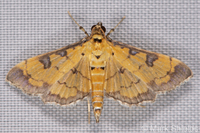
| Recorded by: Mark Shields on 2019-11-06
Onslow Co.
Comment: | 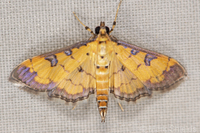
| Recorded by: Mark Shields on 2019-10-26
Onslow Co.
Comment: |
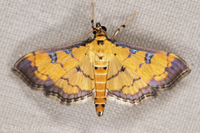
| Recorded by: Mark Shields on 2019-09-30
Onslow Co.
Comment: | 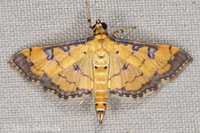
| Recorded by: Mark Shields on 2019-09-20
Onslow Co.
Comment: |
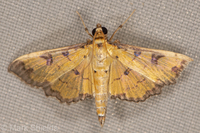
| Recorded by: Mark Shields on 2019-08-25
Onslow Co.
Comment: | 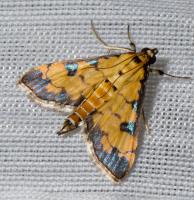
| Recorded by: Stephen Hall and Ed Corey on 2016-10-01
Bladen Co.
Comment: |
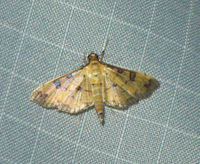
| Recorded by: Lenny Lampel on 2012-09-20
Mecklenburg Co.
Comment: |

 »
»



 »
»

